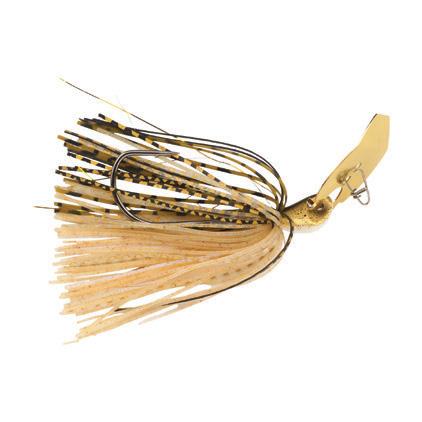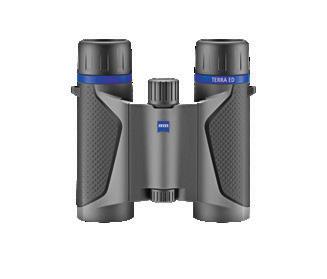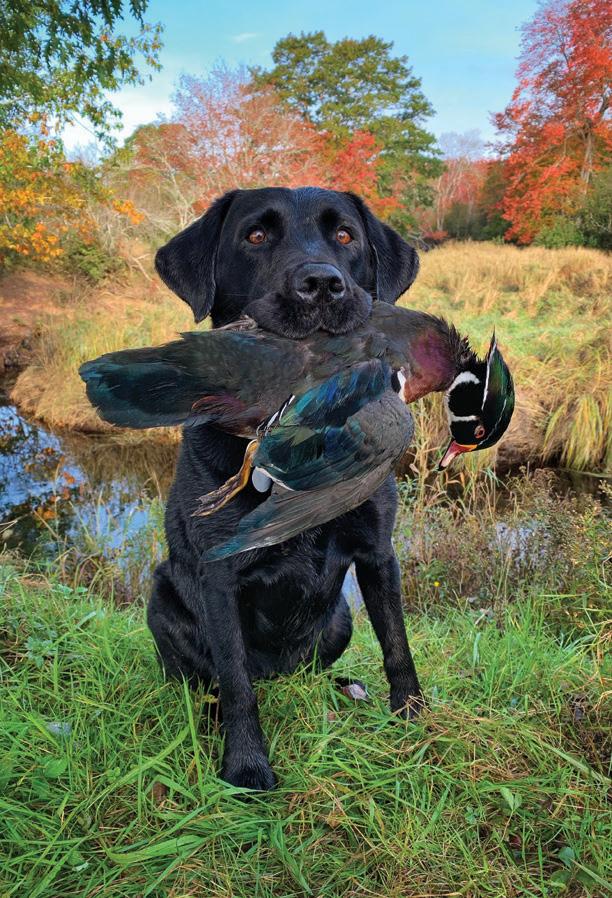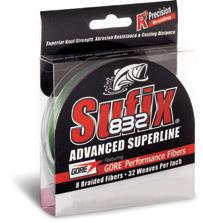
3 minute read
Flex appeal
WHEN IT COMES TO YOUR ROD’S ACTION, LESS IS TYPICALLY MORE
BACK IN 1987, I hit the mall with a friend from my Grade 12 chemistry class to help him buy speakers for his new stereo. Duke, as he liked to be called, quickly settled on small, milk-crate-sized speakers that sounded great for a modest price. Then a fast-talking salesman showed him a series of larger, more powerful speakers. Duke was enthralled. “They’re so loud!” he shouted over thunderous Van Halen riffs. I pointed out the sound quality was actually worse, but Duke was sold. And so we staggered out of the store with massive cabinets that barely fit in his Chevette—or his bedroom. Predictably, he never once played them anywhere near as loud as they were in the showroom. Duke’s speaker choice reminds me exactly of how many of today’s fly anglers, especially beginners, pay for powerful, hard-to-cast rods totally unsuited for their skill level or fishing needs. Here’s why you should avoid the fly-rod power trap.
Advertisement
Understanding Action
The key factor in a fly rod’s casting performance is its action—how much it flexes during a cast. Actions are generally described as slow, medium or fast. Deep-flexing, slow-action rods are a holdover from the bamboo era. They don’t cast far, they’re hopeless in the wind, and they’re only used by a few fanciers who follow the old ways (see “Bamboo bamboozle.”)
Thanks to modern materials such as graphite and carbon fibre, today’s fly rods range from medium-action to extra-fast. For the vast majority of Canadian fly anglers—and all beginners—the right choice is a medium-action rod. These are do-it-all rods that can easily cast mid-sized flies up 40 feet, with a blend of zing and delicacy, even in the wind. And because you can see and feel the way medium rods flex, they’re easier to learn on. They’re also forgiving of a lessthan-perfect technique.
Stiff, fast-action rods are powerful. They’re usually not very accurate, but they’ll throw 50, 60 or 80 feet of line and deliver large flies in extreme conditions. They let anglers make long casts on blustery Caribbean flats, hurl 12-inch muskie flies, and experience other exciting niche fisheries. Powerful, fast-action rods are very hard to use, however, unless you have excellent technique and timing, and you’ve mastered the advanced casting skill of double-hauling.
Power Problem
The problem is not that fast-action rods exist. The problem is that marketers and manufacturers quickly learned that power sounds cool, and sells rods. For the past 20 years, they’ve been promoting ever-faster rods, while subtly suggesting that medium-action is for wimps and novices. As a result, many anglers have ended up with rods that are hard to cast, with power they don’t need and will never use.
I’m not suggesting the friendly staff in your local fly shop are intentionally ripping you off, like sleazy 1980s speaker salesmen. They’re often expert casters who love fast-action rods, and that enthusiasm can be contagious. Also, it’s easy to think a powerful rod will make you a better caster. It won’t. Unless you work hard at it, and take some lessons, powerful rods make you worse. I’m a pretty capable caster, for example, but only two of my 10 fly rods are fast-action; one is my back-up stick for trophy pike and bonefish, and the other is for tarpon. The rest are all medium or medium-fast.
Sure, medium doesn’t get you a million hits on social media—the middle of the road just isn’t sexy. But for most Canadian fly anglers, that’s where you should be. If you’re just starting out, avoid any rod advertised as powerful, and look for an easy-casting (and often less expensive) medium. And if you’ve been fly fishing for a while, but casting is still a struggle, get your hands on a medium-action rod and give it a try. You just might discover you’re a lot better at fly casting than you thought. OC
ASSOCIATE EDITOR SCOTT GARDNER IS A DECIDED MEDIUM-ACTION MAN.
In case you were ever wondering, the complex casting feats that Brad Pitt’s character, Paul Maclean, accomplished with a bamboo rod in A River Runs Through It are exceedingly rare—and for show only. The so-called shadow casts were actually performed by a double, expert fly angler Jason Borger, who stood in for most of the casting scenes in the 1992 movie.

1ST PLACE: 13 Fishing Rod, Reel & Gear Prize Pack (MSRP $500)



13 Fishing Tackle Prize Pack (MSRP $250)
13 Fishing Tackle (MSRP $100)




ENTRY DEADLINE: JANUARY 2, 2024
1ST PLACE: Zeiss 10x42 Conquest HD Binoculars (MSRP $1,649.99)

2ND PLACE: Zeiss 3-12x44 Conquest V4 Riflescope (MSRP $1,449.99)
THIS CONTEST IS only open to residents of Canada (except Quebec). No purchase is necessary. Professional photographers are not eligible. Photographs must have been taken in Canada on or after January 1, 2023. Entries must include details of when and where the photos were taken. Please enter your high-resolution digital images online at: WWW.OUTDOORCANADA.CA/OCPHOTOCONTEST
3RD PLACE: Zeiss Terra 10x25 Compact Binoculars (MSRP $599.99) www.berkley-fishing.com


1ST PLACE: Berkley Fishing Tackle Prize Pack (MSRP $750)

2ND PLACE: Berkley Fishing Tackle Prize Pack (MSRP $500)
3RD PLACE: Berkley Fishing Tackle Prize Pack (MSRP $250)

YOU MAY ALSO submit original prints or slides, or discs or thumb drives with high-resolution images, to: Outdoor Canada Photo Contest, 9 Billings Avenue, Toronto, Ontario, M4L 2S1. Please specify the category you are entering, and include your name, address, phone number and when and where the photograph was taken.
PHOTOS DEPICTING WILDLIFE AND/OR NATURAL LANDSCAPES IN CANADA

1ST PLACE: VSSL JAVA portable hand coffee grinder (MSRP $200)

2ND PLACE: VSSL Camp Supplies (MSRP $185)

3RD PLACE: VSSL Mini Stash Speaker (MSRP $130)

BY KEVIN WILSON










